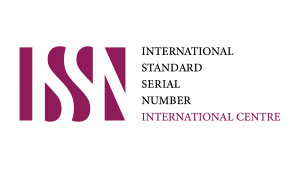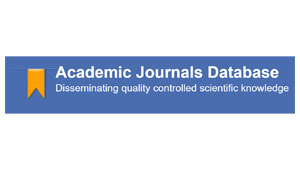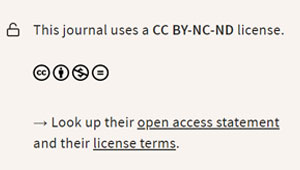Dina Susana Paucar Condor, Wilder Oswaldo Cajavilca Lagos, Papias Taquiri Carhuancho
DOI: 10.59427/rcli/2023/v23cs.4077-4089
The purpose of this research work is to analyze public policies in first-level health care facilities in a regional government. In 2023, regional health problems are even more pressing than what is happening in the capital. There is a fairly generalized opinion that the regions are forgotten in health matters, propose a public policy. In this study, public policies were defined as inclusive, normative, the actions of health operators, and; financial resources related to a portfolio of services to achieve the proposed objectives. It is inclusive because in the Junín region care is provided at no cost to users through the SIS Comprehensive Health Insurance with universal insurance. Primary health care (PHC) was defined as: “essential health care, based on scientifically founded and socially acceptable practical methods and technologies, made available to all individuals in the community, through their full participation and at a cost that the community and the country can endure each and every stage of its development, with a spirit of self-responsibility and self-determination.” The first level of care includes the organization of resources to resolve the basic and most frequent care needs, which can be resolved by health promotion activities, disease prevention, and recovery and rehabilitation procedures. It includes low-complexity establishments, such as offices, polyclinics, health centers; those that solve approximately 85% of the prevalent problems. The objectives of the research were to analyze social inclusion, regulations, health actions and programs to achieve public policies in first-level health care facilities in a regional government, 2023. It was demonstrated that public policies must be inclusive, they are normative because without the law they could not be executed, they consider the actions of health operators, and; financial resources to achieve the proposed objectives. The region determines the target care population in what corresponds to the care radius of each of the primary care centers, under the responsibility of the DIRESAS regional health directorates. The regulations and regulations that govern first-level health facilities in Peru are established in the health law and, as far as regional governments are concerned, they have budgets related to the portfolio of services approved annually, to ensure quality medical care. and patient protection.
Pág 4077-4089, 31 Dec








